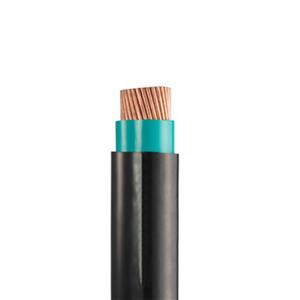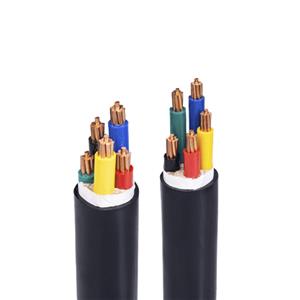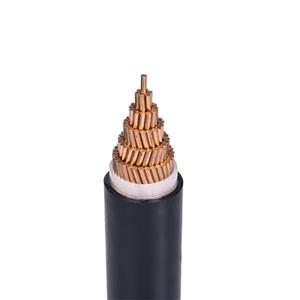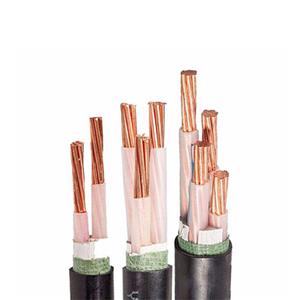When laying out electrical wiring, should we consider aesthetics or durability?
In home decoration, wire laying is a crucial link. Many people will struggle with the choice between the neat and beautiful wire laying and the durability of actual use when decorating. So, is it really better to lay the wires neatly than messily? Let's compare them together below.
Beautiful wire laying
Modern home decoration pursues overall beauty and simplicity. In terms of wire laying, the neat straight line laying method is undoubtedly in line with this aesthetic demand. Neat wires not only look pleasing to the eye, but also provide convenience for future maintenance and repair. The following are some advantages of neat laying:
1. Good visual effect: neat wire arrangement can be coordinated with the overall decoration style and enhance the overall beauty of the room.
2. Convenient maintenance: The straight line laying wire has a clear direction, and once a fault occurs, it can be quickly located and handled.
3. Neat and orderly: neat wires can reduce the crossing and entanglement between cables and avoid confusion.
However, there are also some hidden dangers in the neat laying method. When wires are inside walls or under floors, wires that are too straight are prone to breakage or wear when encountering external forces such as stretching and squeezing, thereby reducing the service life of the wires.

Messy wire laying
In contrast, some professional masters adopt a seemingly messy curve laying method when installing wires. Although this laying method is not as beautiful as neat laying, it has unique advantages in durability:
1. Strong tensile resistance: Curved wires have better elasticity and buffering capacity, can better cope with stretching and extrusion, and reduce damage.
2. Reduce heat accumulation: The curved path can increase the spacing between wires, help dissipate heat, and avoid overheating of wires.
3. Reduce the risk of breakage: The curved wires will not break immediately when subjected to external force, which can effectively extend the service life of the wires.
So how do we balance beauty and durability:
In the actual decoration process, we do not have to choose between beauty and durability. Through reasonable design and construction, we can find a balance between the two:
1. Reasonable line planning: When designing the laying of wires, we must consider both beauty and reserve enough buffer space to avoid overly straight lines.
2. Choose high-quality wires: High-quality wires not only have better durability, but also can take into account beauty and service life to a certain extent.
3. Construction by professional masters: Choose experienced professional masters who can flexibly adjust the wire laying method according to the specific situation to ensure both safety and aesthetics.
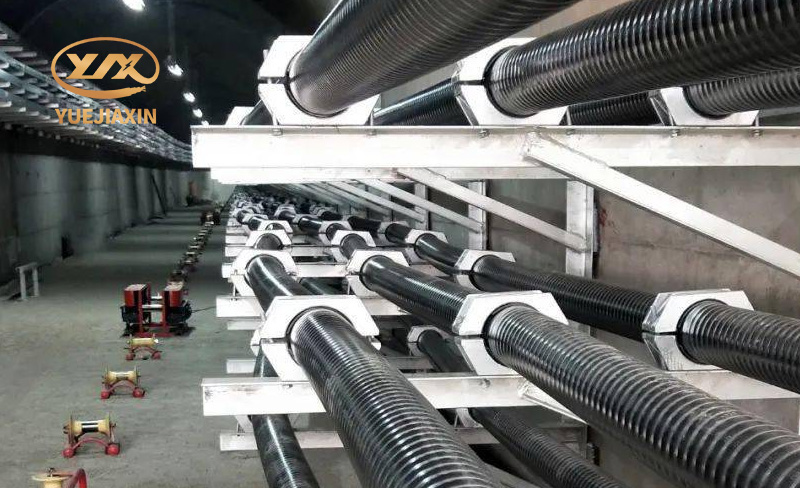
In general, the quality of wire laying cannot be simply judged by whether the wires are laid neatly or not. Neat laying has advantages in appearance and maintenance, while curved laying is better in durability. In actual decoration, we should consider various factors comprehensively and choose the wire laying method that suits our home. At the same time, only by choosing high-quality wires and hiring professional masters for construction can we truly achieve the safety, durability and beauty of wire laying.
- PVC-Insulated Cable
- 450/750V BV Single- Core Cu/PVC Cable
- 450/750V BVR Single- Core Cu/PVC Cable
- 300/500V Or 450/750V RV Single-Core Cu/PVC Flexible Cable
- 300/500V Or 450/750V RVV Multi-Core Cu/PVC/PVC Flexible Black Cable
- 300/500V Or 450/750V RVV Multi-Core Cu/PVC/PVC Flexible White Cable
- 300/500V Or 450/750V RVVP Multi-Core Cu/PVC/CWS/PVC Screened Flexible Cable
- 450/750V KVV Multi-Core Cu/PVC/PVC Control Cable
- 450/750V KVV22 Multi-Core Cu/PVC/STA/PVC Armoured Control Cable
- 450/750V KVVP Multi-Core Cu/PVC/CWS/PVC Screened Control Cable
- 450/750V KVVP2-22 Multi-Core Cu/PVC/CTS/STA/PVC Screened Armoured Control Cable
- 0.6/1KV PVC-Insulated PVC-sheathed Single-Core Power Cable
- 0.6/1KV PVC-Insulated PVC-sheathed Multi-Core Power Cable

